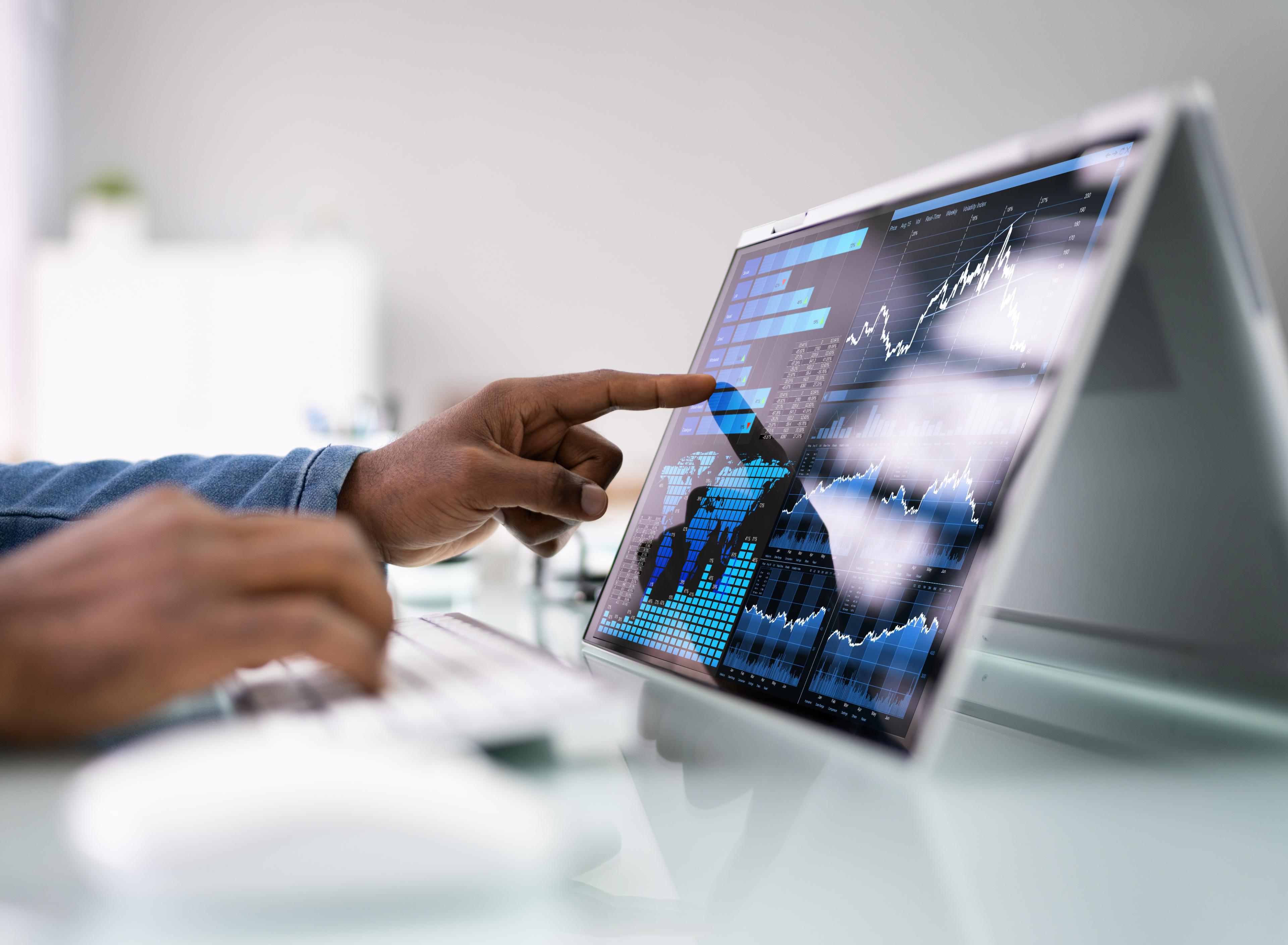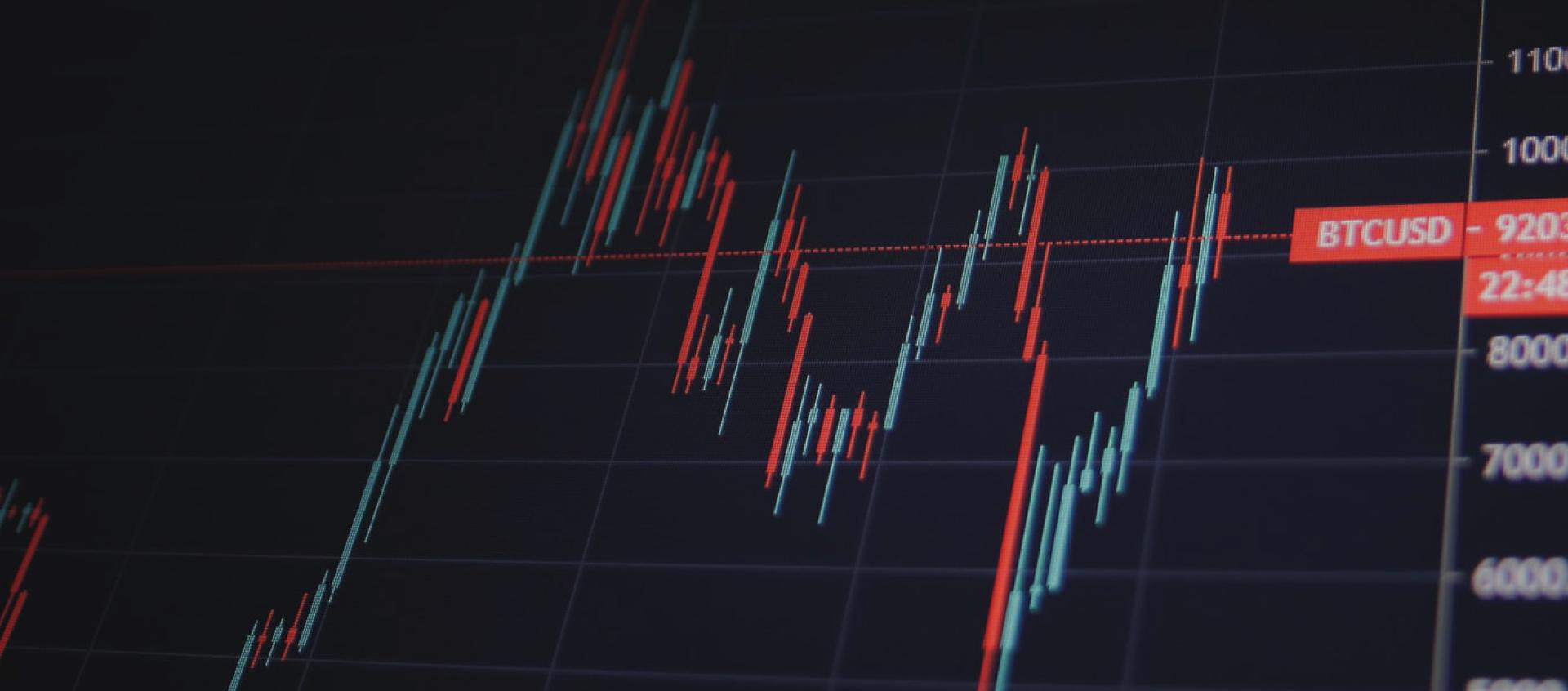Fintech analytics & big data
In a world where “big data” feels like it gets bigger every day, you need expert partners who can help you identify what information to gather and what to do with it once you have it.
That’s where Vention’s fintech analytics expertise comes in: Our team offers a blend of business operators, data scientists, and analysts who can take your requirements and wrangle your datasets to generate business-critical insights — the bedrock of informed decisions.
Risk management
As any fintech company can tell you, calculating risk exposure is one of the industry’s greatest challenges.
A seemingly minor change in a single data point can have an exponential impact on your overall data analytics, so you need the best possible fintech analytics baked into your software solutions.
Then you’re in a position to monitor exposure and address issues before they become problems.
Credit analysis
Across the financial sector, accurate credit analysis is key to understanding the value of a customer or an investment, and big data analytics are core to that evaluation.
With experience in banks as credit officers and as custom software strategists, our fintech team members are well-equipped to guide the processing and analysis solutions that underpin informed decisions.
Predictive analytics
What’s the demand for your product now, and what will it look like in six months? Where should you advertise your product, and at what cost to deliver maximum ROI?
Predictive analytics that leverage Big Data and statistical analysis can make anticipating what’s coming down the pike infinitely easier.
Vention’s fintech specialists and ace senior developers help you create and deploy systems that calculate complex data and generate actionable insights, thereby fueling the most challenging decision-making. Pair our experts with your data scientists and you’ll have a winning combination — and a software solution that distinguishes you from the competition.
Fraud prevention
As we all know, a digital fortress needs to protect customer data against all manner of fraud.
Understanding your customers’ financial habits is key to fending off breaches; pattern recognition that leverages big data is a must-have, which is why our data scientists and senior engineers build security solutions that enable you to collect key fintech data, evaluate it, and identify worrying patterns.
Big data FAQs
What differentiates Vention’s approach to fintech analytics and big data?
Every engagement with Vention starts with a deep dive into your business model and a big picture analysis of all of your offerings. We examine your products and how they align with your roadmaps and goals. Then, working hand in hand with you, we identify the business specifications for your custom fintech solution; offer tech stack, infrastructure, and architecture options; and build out the user experience. Every step of the way, the engagement is a partnership and a process.
What specific experience do your fintech advisors and developers bring to the table?
Our senior developers were key in building fintech analytics solutions for major players in the financial services sector, including Barchart, which offers cloud-based APIs, and DealCloud, a platform that offers actionable intelligence within a CRM or risk system. Our fintech team also has years of experience as operators in these fields, working at major financial institutions as risk managers, traders, and technologists.
What are the best uses and systems for big data?
Some tools for big data address massive amounts of correlated data, while others evaluate information in real time and inform complex decisions. Our experts evaluate your situation and present the best options for you scenario, whether that means tapping Apache’s Hadoop or Kafka, or AWS Redshift and Kinesis. Again, it’s a process, and our fintech veterans have the knowledge to guide you through it from start to finish.









